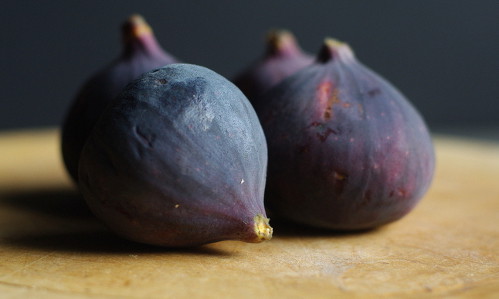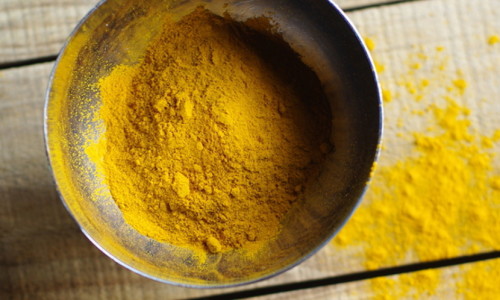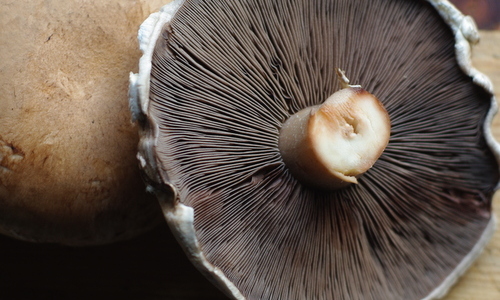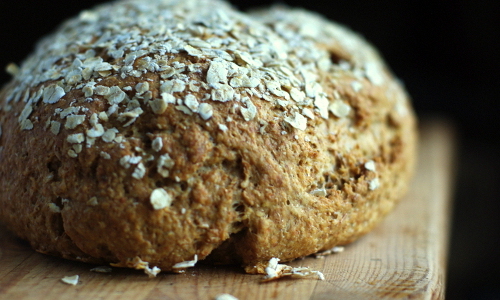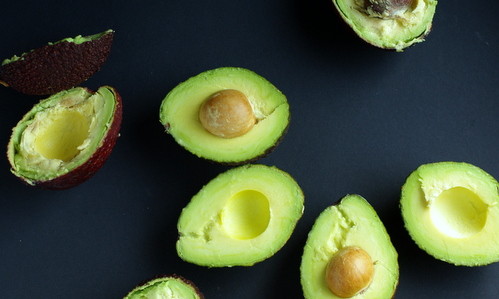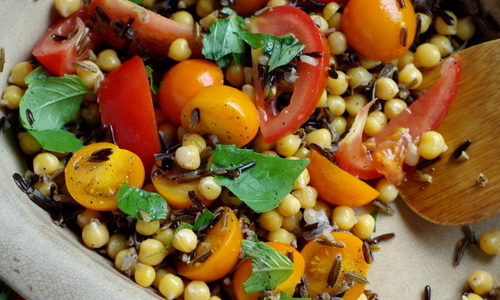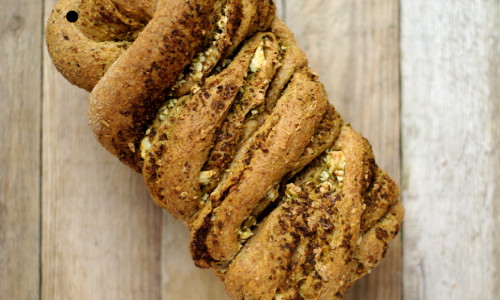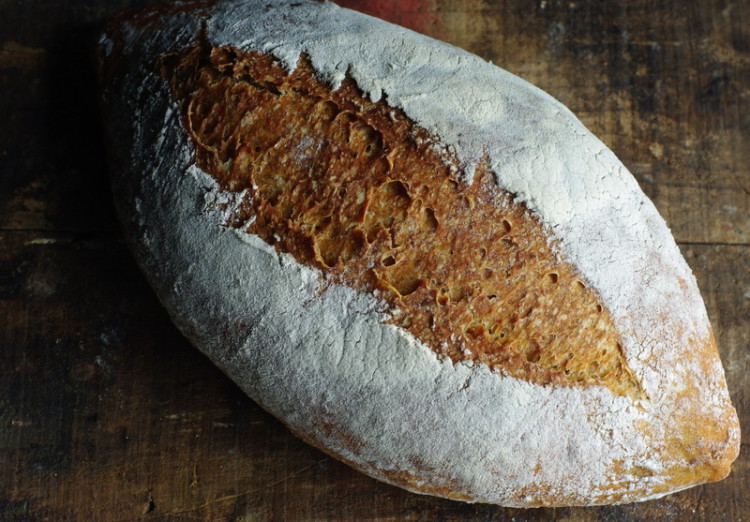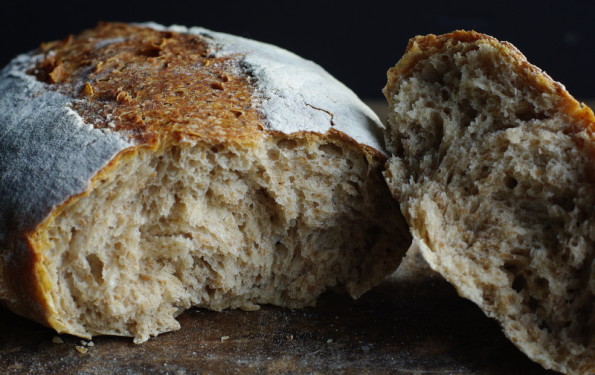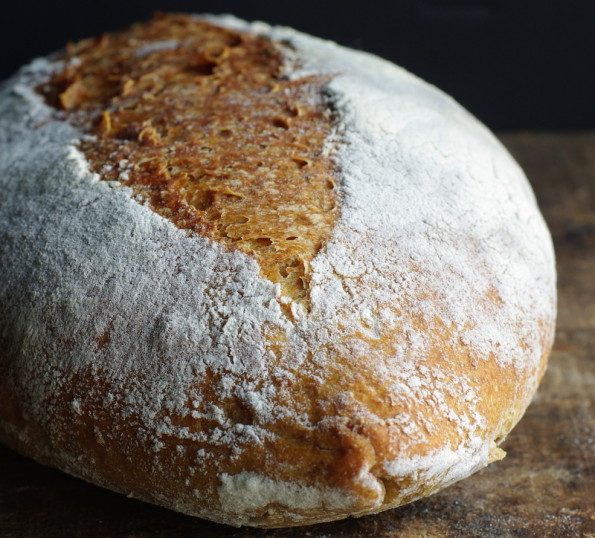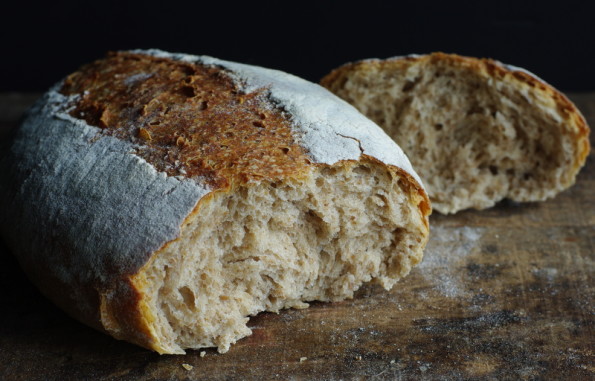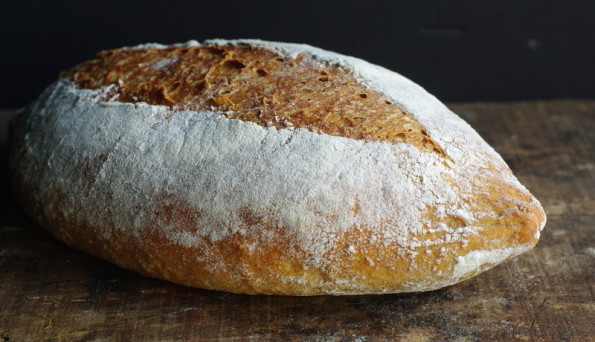Today’s post comes from a place of absolute delight. After fermenting away for the past six weeks in pride of place in our fridge, my glorious sourdough culture has, without any assistance from added yeast, leavened it’s first beautiful loaf! So today I figured I’d share my sourdough journey so far and talk about what I’ve been learning along the way; today it’s all about sourdough basics.
Let me first preface this by saying that I really am at the start of my sourdough adventures, and am by no means an expert. I’ve been baking bread for several years now, and the whole process fills me with a satisfaction and sense of well being as little else does. The very thought of using a leaven that has started as simply flour and water and has, with patience and care, developed a life and flavour of its own, thrills me to my core. What a magnificent, wholesome craft to undertake, and what a captivating bit of cultural history to engage with.
Sourdough bread is, at it’s base, a fermented food. It’s characteristic tangy flavour and chewy texture come from the fermentation of flour in water. It’s an environment in which wild yeast (the yeast that’s all around us naturally) is able to thrive, and is also a culture of beneficial bacteria. As I was trying to figure out how this all works I found this excellent explanation at Sourdough Baker (more on that wonderful site later)
“Fermentation involves the culture and growth of naturally occurring funghi (yeasts), as well as bacteria and other micro organisms. When fermentation occurs in the dough carbon dioxide is given off as a natural bi product. Sourdough Starter is the thing which begins and feeds the fermentation process in dough, as it is rich in bacteria, enzymes such as amalyse and naturally occurring yeasts. This combination provides a perfect medium for the process called leavening.”
He also goes on to explain in more detail:
“A healthy Sourdough Starter has a relatively stable microbiology; it’s a living thing which, with the right conditions, can be trained to produce consistent and great tasting bread every time. Not only that, but most experts agree that sourdough bread is easier to digest and provides better nutrition than ordinary yeasted breads.”
So why make sourdough?
Through industrialization our modern, bought bread is far removed from the natural fermentation that has historically been used in bread making, and has become less nutritious, less easily digestible, and where taste and texture are concerned, is nearly unrecognizable. Even in the case of nutritious home made bread, by skipping the fermentation process we’re lessening the amount of nutrients that become available for absorption by our bodies. Conversely, when this fermentation takes place, probiotics and acids (primarily lactic acid) start to break down the grain limiting the nutrient binding effects of naturally present phytic acid, and simultaneously breaking down some of the gluten making it more digestible. This peocess also lowers the Glycemic rating of the bread meaning that it doesn’t give us the blood sugar spike of a non-fermented loaf.
How to start a starter:
When I was thinking about how to write this post I must say I was a bit over whelmed. Sourdough is a HUGE topic, with nearly endless methods, and which can use nearly any flour, or combination of flours, and can even include fruit or veg or grains.
The same goes for starters. The most common type of starter seems to be a liquid starter. This is made by mixing one part flour and one part water, and then “feeding” it the same again for a number of days consecutively until the starter is bubbly and active. This method is great because it’s easy and there’s endless information available on the internet about it. It’s also an excellent method to use to establish your starter, and then you can change the consistency of it if you’d like once it’s thriving.
The second method that’s really useful is a dough starter method (not to be confused with the old dough method which is different again) which is just a doughier starter fed with two parts flour to one part water. The benefits of this method are that it can be kept in the fridge and only needs to be fed once every week or two. It also has much more depth of flavour, giving the bread that lovely sour tang.
A simple method:
- In a large jar, plastic container, or mixing bowl combine equal parts flour and tepid water (about 100g flour to 150mL water) and mix until smooth. You want it to be the consistency of thick pancake batter.
- Cover with a loose lid or cloth (it needs to be able to breath) and leave it somewhere out of the way at room temperature for 24hrs.
- After 24 hrs give the starter a stir, discard (or preferably use…pancakes or semi-leavened bread maybe?) about %75 of the starter and add to it the same amount of flour and water as on day one.
- Cover as before and leave for 24hrs.
- Repeat this for 10-14 days until the starter is active; bubbly and smells sour.
When I used this method I used whole wheat flour, and after 10 days I thickened it up to turn it into a dough starter which I kept in the fridge there after. It takes a while for the starter to become really stable, so I used mine in semi-leavened recipes for the first 6 weeks, and now the starter is glorious and leavens a beautiful loaf on its own imparting it with a magnificent flavour and texture.
Another starter recipe that I have tried and was really, really impressed with was the 7 day starter at Sourdough Baker, which uses whole flour and pineapple juice!
Sourdough is an ancient method of leavening bread which precedes our modern techniques by centuries. It’s an art, and because it deal with a living thing it requires a depth of understanding more complete than with other forms of baking wherein simply following a recipe will produce consistent results. Sourdough has so many variables, and broadening your knowledge about it will help immensely in keeping your starter healthy and in identifying potential problems. The more that you can read about it and experiment with it the better, and you’ll end up with some magnificent and healthy bread along the way!
I’m just starting to learn about sourdough, but it’s something that I find endlessly fascinating and exciting, so I’ll definitely be doing more posts about it soon. Until then though, I thought I’d share the links to some of the resources out there that I’ve found particularly useful, these are just a few of the many great sites that deal with the topic:
Sourdough Baker– As evident by the multiple mentions of this fantastic site throughout this post, this site is my absolute favourite when it comes to Sourdough, and the author, Warwick Quinton, is my Sourdough inspiration and hero. His is hands down the most comprehensive site I’ve come across. I also just bought the book that he’s got on his site and it’s been invaluable. Most of the methods and information that I’ve learned about sourdough baking I have learned here. I can lose myself in it for hours!
The Fresh Loaf– Far beyond sourdough, this invaluable forum is a lovely, welcoming community of baking enthusiasts from all over the world. If you have a question about baking someone here will have the answer.
Trine Hahnemann– Drawing from her Scandinavian heritage, Trine Hahnemann’s beautiful books are some of my absolute favourite. She inspires me a lot. Most of her breads are semi-leavened using one of several different Biga (Scandinavian style starter) and a lot of them are rye or spelt based, which are two flours that I really adore. Also her cakes and biscuits are divine!
Well, I’ve really only touched the surface of even the basics of sourdough baking, and this post has been epic! I can’t wait to keep learning this massively satisfying craft.
Happy sourdough baking!!

